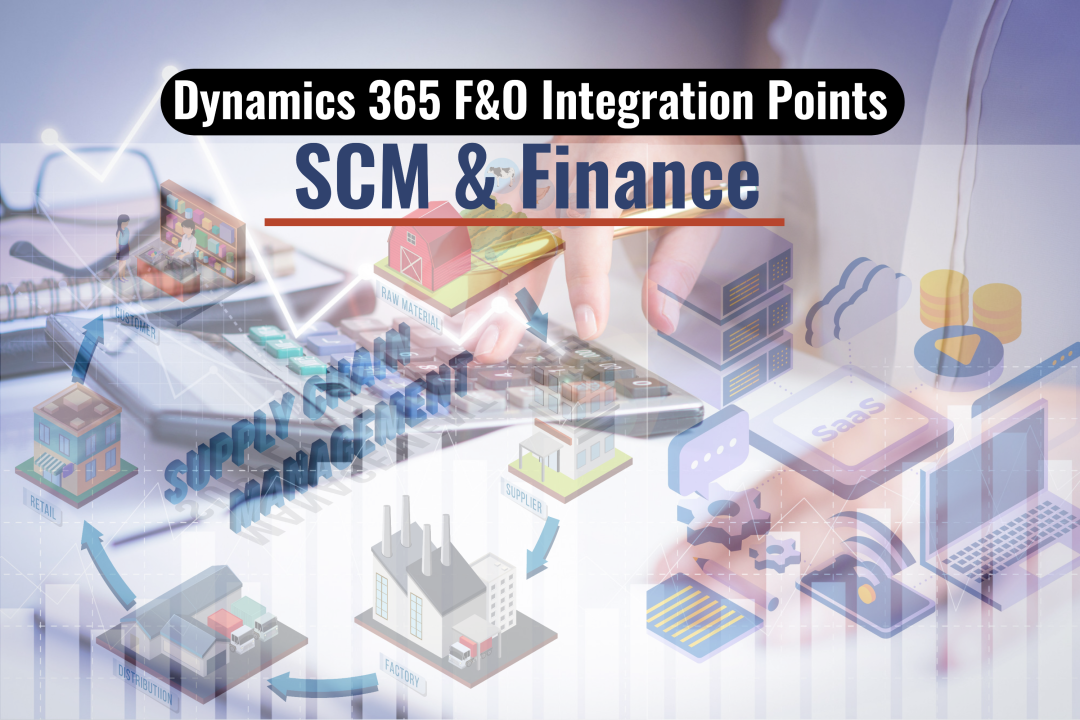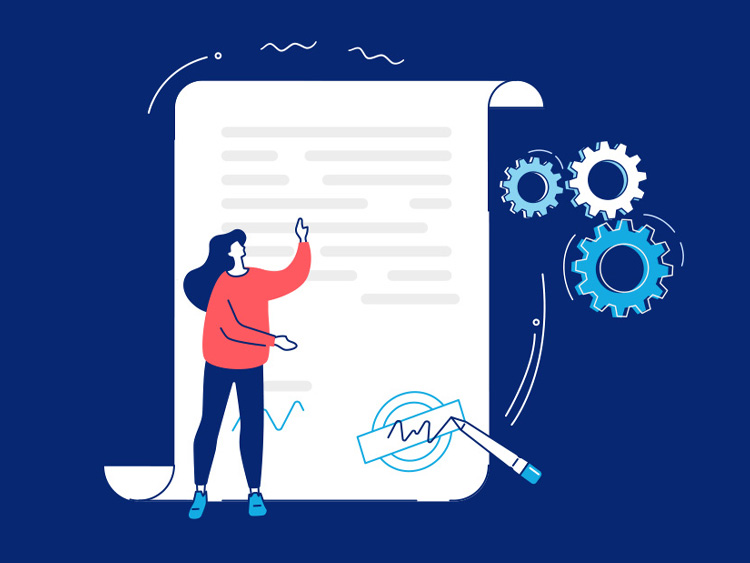Description
Introduction
SAP Cloud Platform Integration (SAP CPI) and SAP API Management together form a robust solution for integrating enterprise applications and managing APIs efficiently. SAP CPI enables seamless integration between SAP and non-SAP systems, while SAP API Management provides security, governance, and analytics for APIs.
This comprehensive guide covers the end-to-end implementation of SAP CPI and API Management, including API design, security policies, integration patterns, and real-world use cases. Participants will gain hands-on experience in building and securing APIs, configuring integration flows, and optimizing performance for scalable enterprise solutions.
Prerequisites
-
Basic knowledge of SAP Cloud Platform and SAP CPI.
-
Familiarity with REST, SOAP, OData, and JSON.
-
Understanding of enterprise integration concepts.
-
Experience with security mechanisms like OAuth, JWT, and API keys (preferred).
Table of Contents
1. Introduction to SAP CPI and API Management
1.1 Overview of SAP Integration Suite and API Management
1.2 Understanding SAP CPI as an Integration Middleware
1.3 Key Features and Capabilities of SAP API Management
2. Setting Up SAP CPI and API Management
2.1 Accessing SAP Business Technology Platform (BTP)
2.2 Configuring SAP CPI and API Management Tenants
2.3 Exploring the SAP API Management Cockpit and CPI Web UI
3. API Design and Lifecycle Management
3.1 Introduction to API-First Development Approach
3.2 Designing APIs with OpenAPI Specification (OAS)
3.3 Versioning, Deployment, and Governance of APIs
4. Developing Integration Flows (iFlows) in SAP CPI
4.1 Understanding iFlow Components and Message Processing
4.2 Creating and Deploying iFlows in SAP CPI
4.3 Configuring API Calls within CPI iFlows
5. Secure API Management in SAP CPI
5.1 Implementing OAuth 2.0, API Keys, and JWT Authentication
5.2 Role-Based Access Control (RBAC) for API Security
5.3 Setting Rate Limits and Traffic Policies
6. Connecting SAP and Third-Party Systems with APIs
6.1 Integrating SAP S/4HANA and SAP SuccessFactors APIs
6.2 Connecting Non-SAP Applications using REST and OData Services
6.3 Handling API Requests and Responses in SAP CPI
7. API Gateway and Traffic Management
7.1 Implementing API Proxies for Traffic Control
7.2 Monitoring API Usage with Rate Limits and Throttling
7.3 API Monetization and Subscription-Based Access
8. Monitoring, Troubleshooting, and Performance Optimization
8.1 Logging and Debugging API Calls in SAP API Management
8.2 Error Handling and Exception Management in CPI iFlows
8.3 Best Practices for API Performance Optimization
9. Hands-On Use Cases and Real-World Scenarios
9.1 End-to-End Integration with SAP API Business Hub
9.2 Exposing SAP CPI iFlows as APIs via SAP API Management
9.3 Building a Secure API Gateway for Enterprise Applications
10. Future Trends and SAP Roadmap for API Management
10.1 AI and Automation in API Management
10.2 Low-Code/No-Code API Development in SAP
10.3 SAP Integration Suite and Future Enhancements
By mastering SAP CPI and API Management, participants will be equipped to design, secure, and optimize APIs for enterprise integration. This guide provides hands-on knowledge for managing API lifecycles, implementing security best practices, and leveraging SAP’s Integration Suite to connect business applications efficiently.







Reviews
There are no reviews yet.